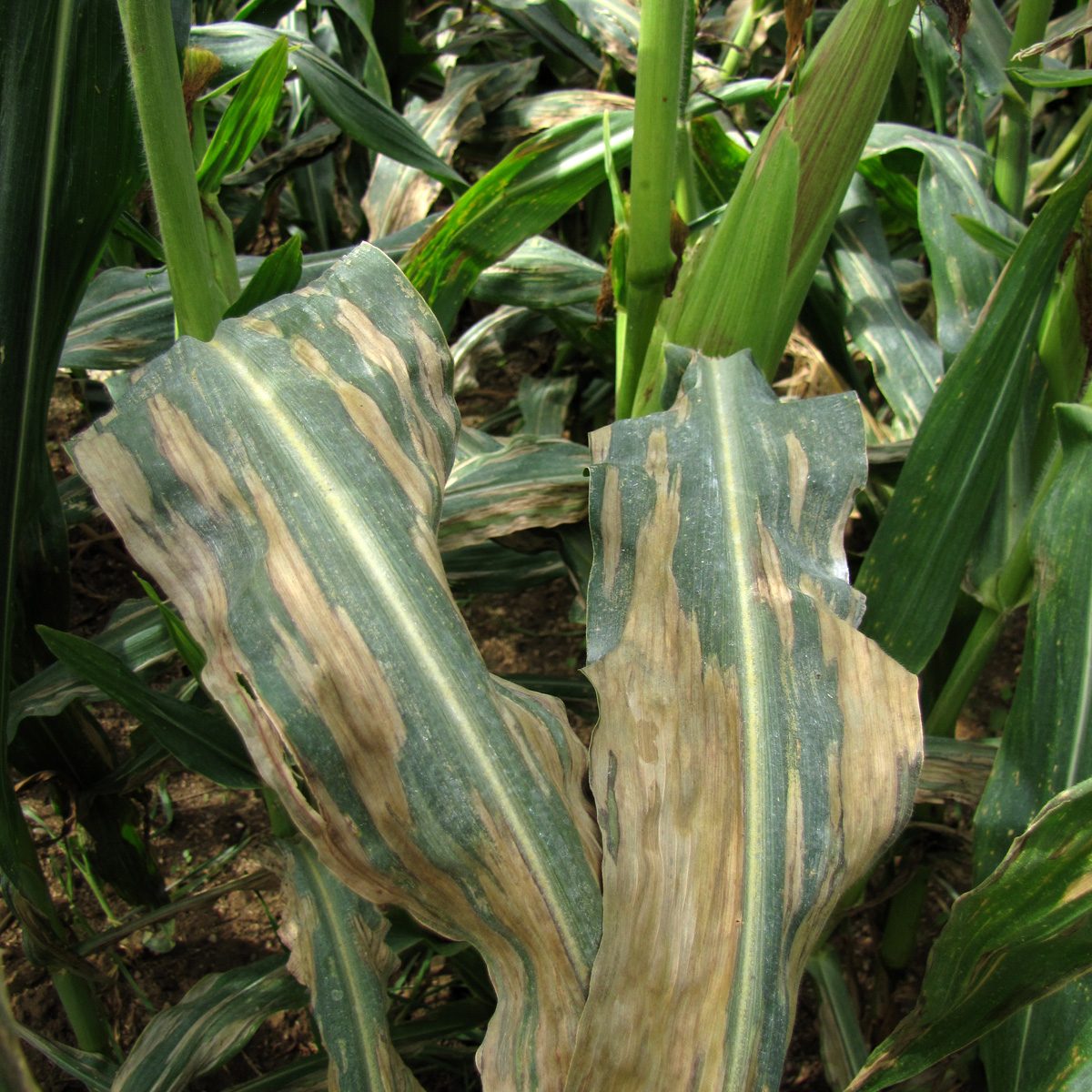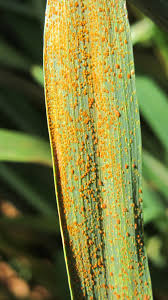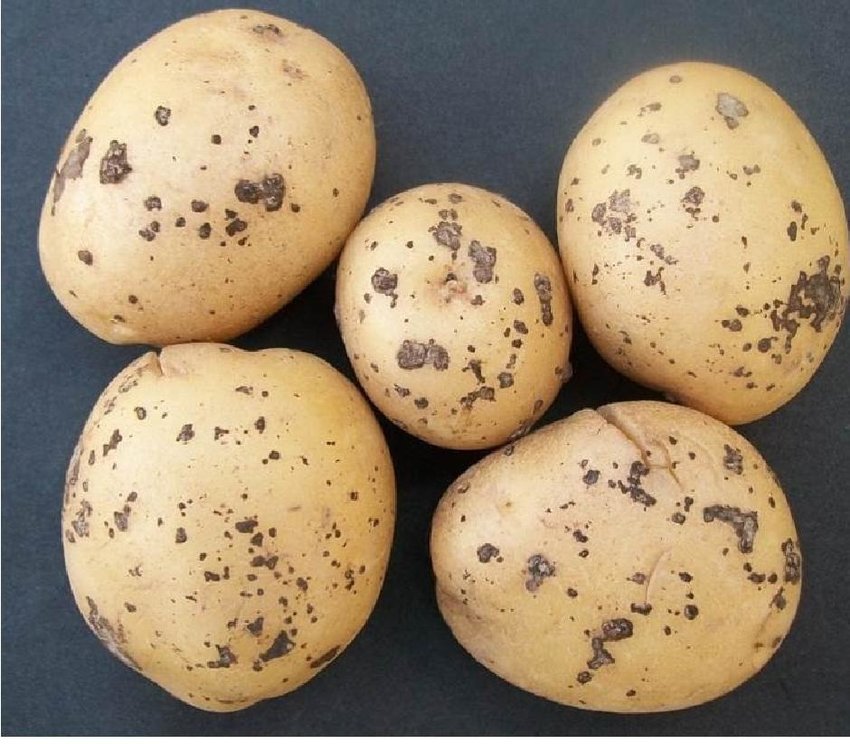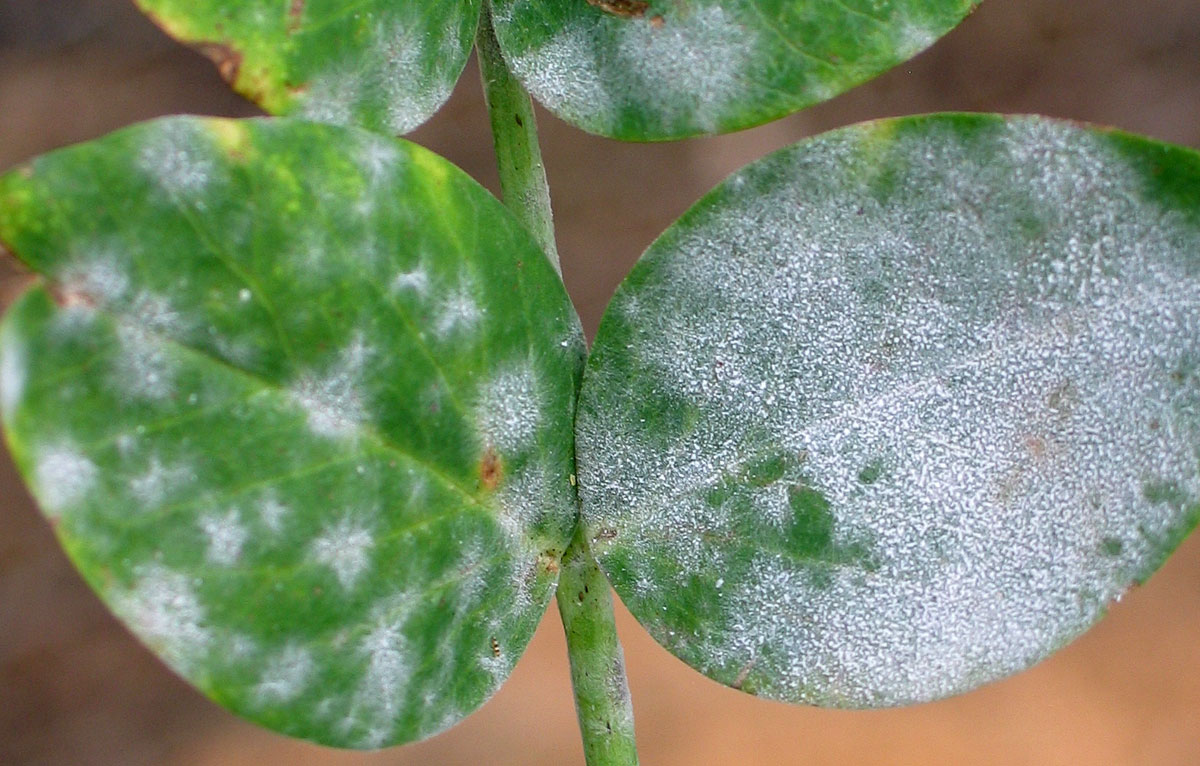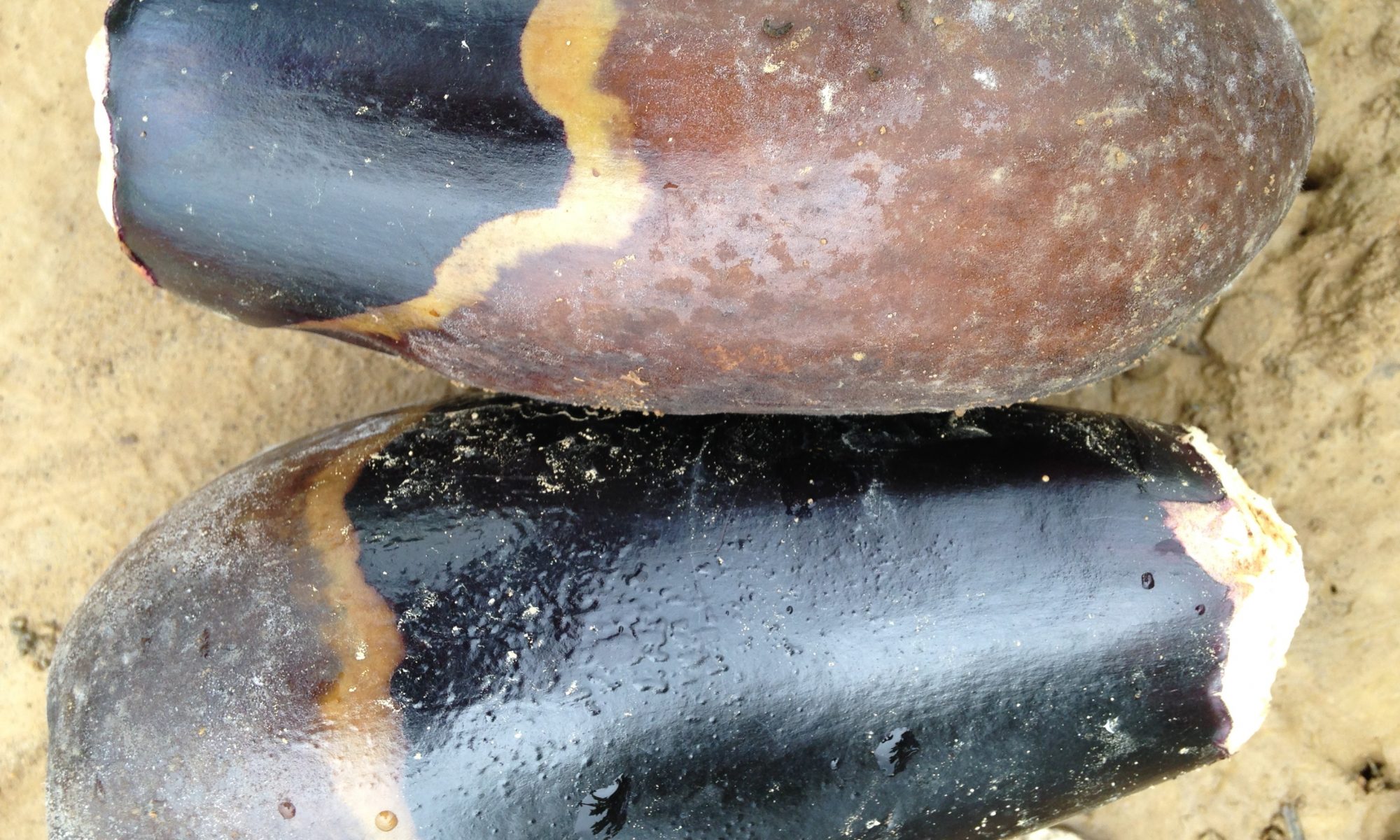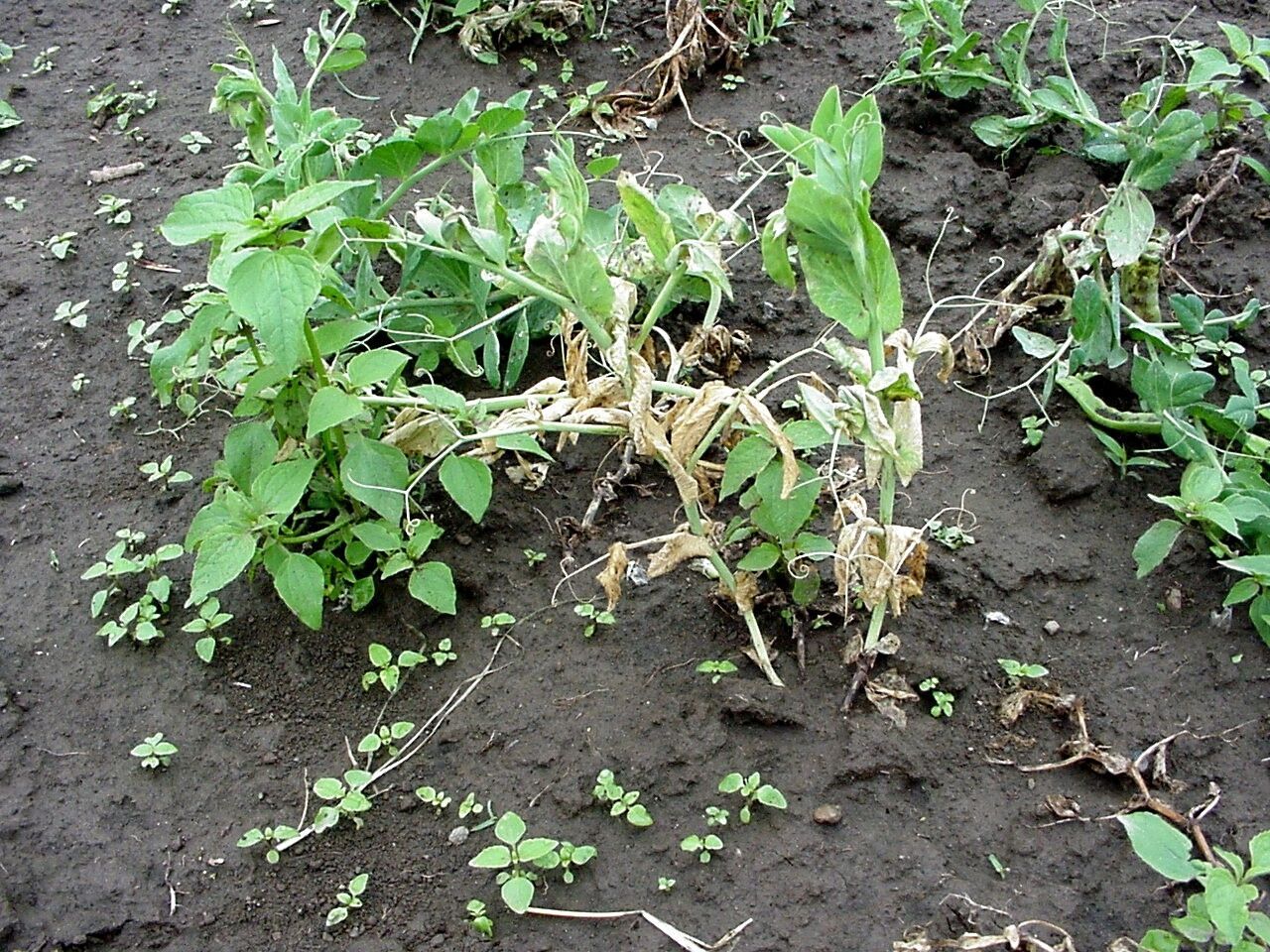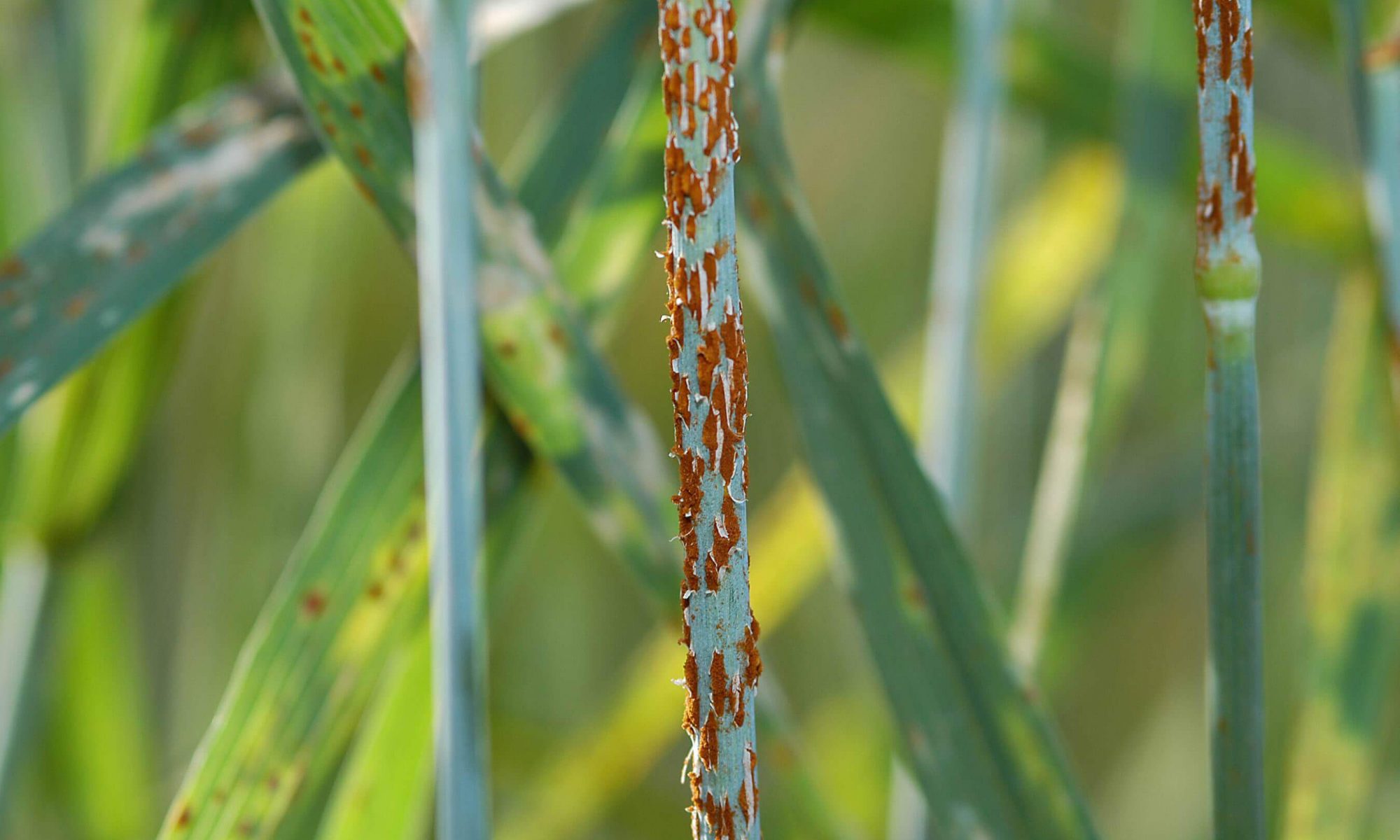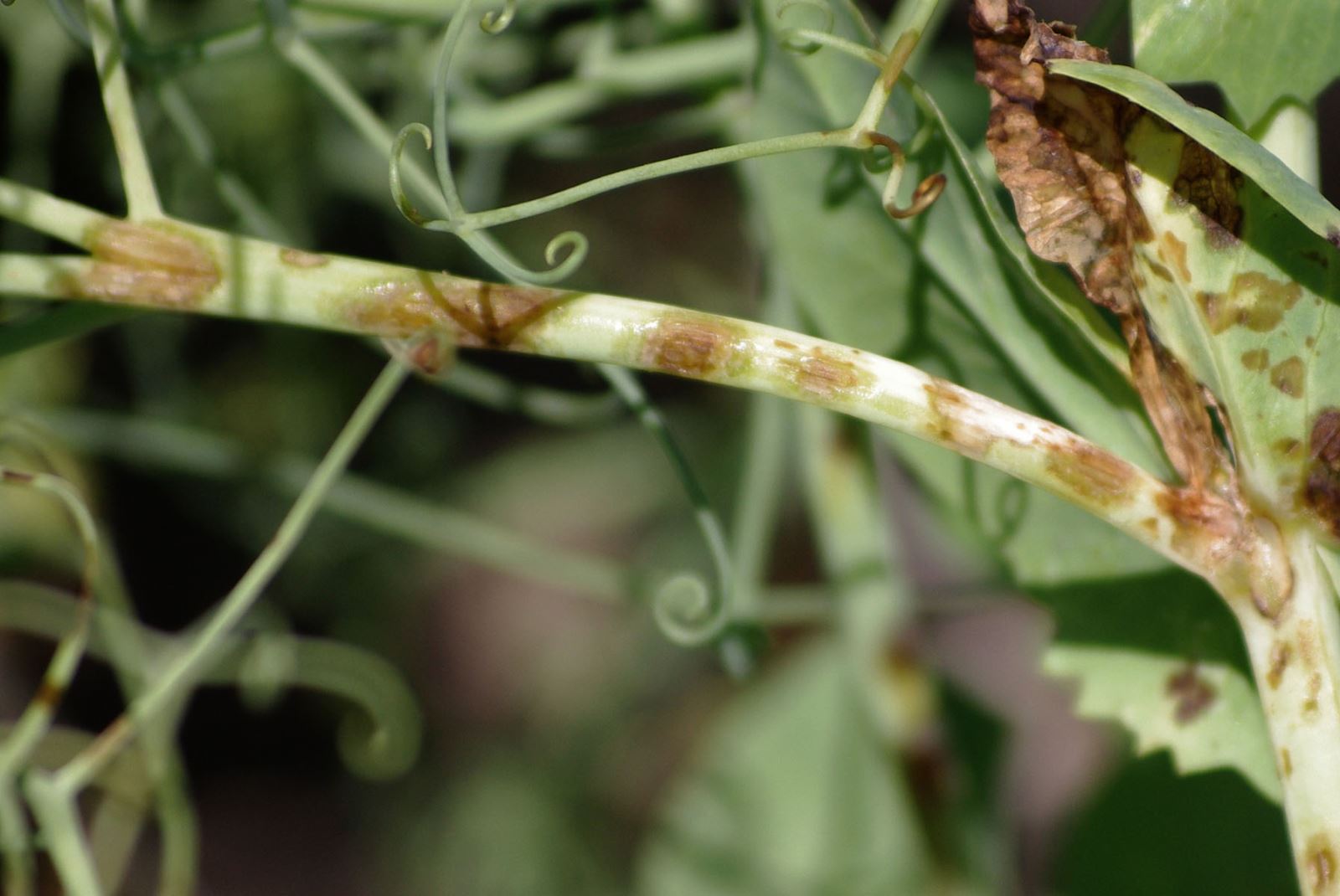Corn leaf blight is a fungal disease of maize caused by the plant pathogen Bipolaris maydis. Initially small, water-soaked spots appear on leaves, then elliptical brown areas develop until nearly as wide as the leaf. In the final stages, lesions are straw-coloured to grey, coalescing and killing large parts of the leaves.
Control:-
- Crop rotation to reduce previous corn residues and disease inoculum.
- Tillage to help break down crop debris and reduce inoculum load.
- Avoid repeated use of fungicides with the same active ingredient.
- Spray Mancozeb 75% WP 400 gm/acre or Metalaxyl 35% WS 150 gm/acre.
Like and share with other farmers by clicking on button below
Share
